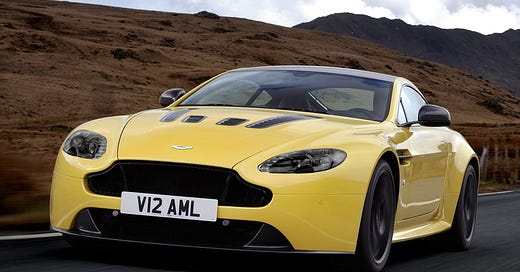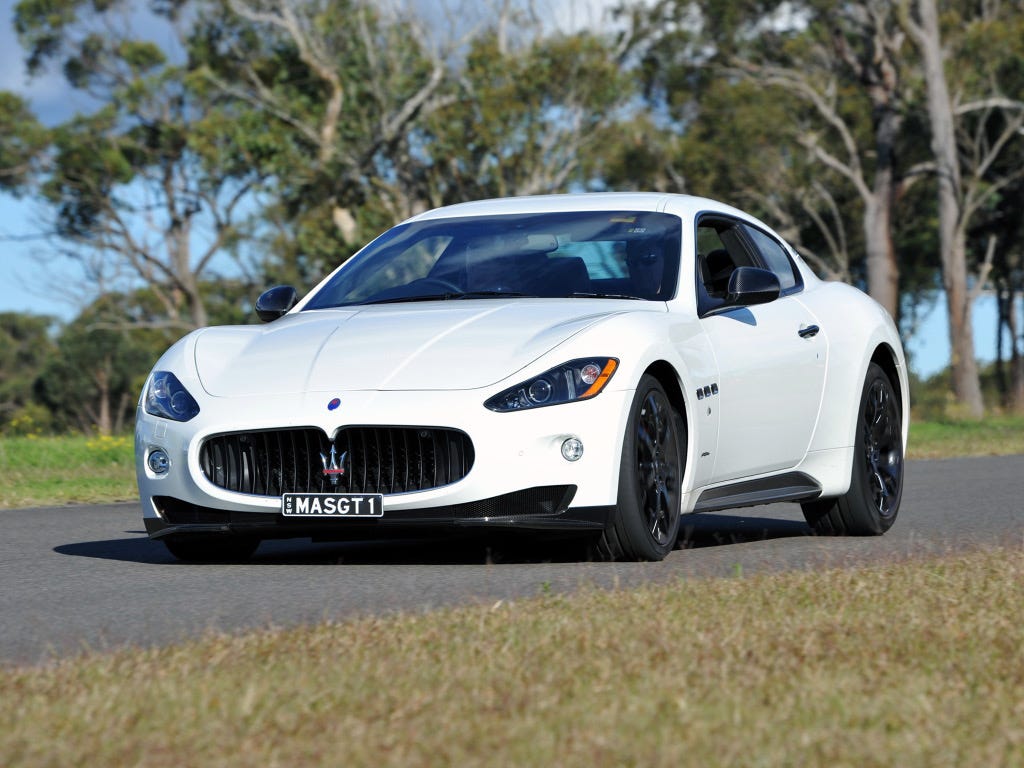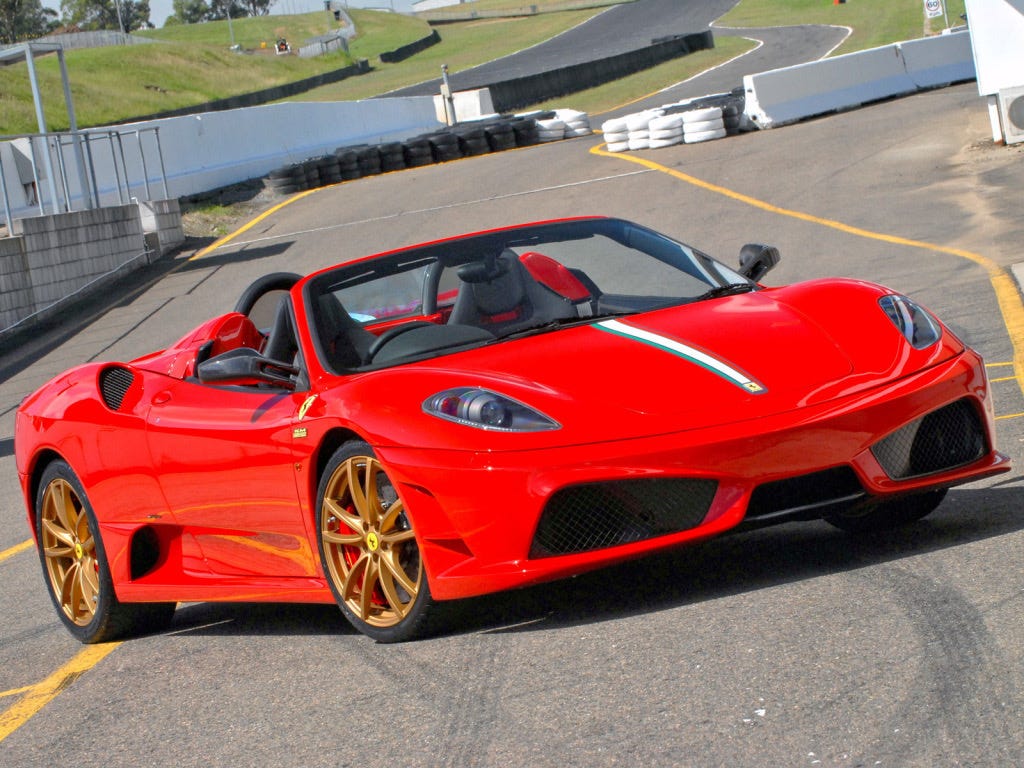I was a voracious reader of car magazines during my teenage years. It was an era when manufacturers started offering automated manual gearboxes - JUST LIKE FORMULA ONE - and buyers lapped them up in droves, pushing the traditional three-pedal version to the brink of extinction.
From my hours of reading, I knew one thing: they were all rubbish. It didn’t matter what they were called - e-gear, cambiocorsa, R-Tronic, SMG, Selespeed - an automated manual by any other name still smelled of burnt clutch.
In recent times, however, I’ve had fairly extensive first-hand experience with the single-clutch auto thanks to my video work with Lorbek Luxury Cars. Approached with trepidation, what I found surprised me - they are actually alright.
As always, there are terms and conditions. The single-clutch auto would still hover towards the bottom of my preferred transmissions list, above a CVT but below the more engaging manual, smoother torque converter auto and quicker dual-clutch. Crucially, however, it doesn’t destroy the driver’s enjoyment of the car and, in some cases, may actually enhance it.
But a further caveat applies. When sampling older machinery, a different set of standards tends to apply, a more forgiving set of standards, as you don’t tend to drive the cars at maximum attack, at least not when they’re expensive and someone else’s, as in the case of the Lorbek cars!
In quick succession I drove a Lamborghini Aventador S Roadster, Aston Martin V12 Vantage S, Maserati GranTurismo MC Line and Ferrari 430 Scuderia Spider 16M. Common to all, but especially the first three, was the need to work with the gearbox, just as those old magazines said. Lift on the upshifts and the changes are far smoother.
Of course, the obvious rebuttal is that if you’re going to go to the effort of lifting your foot off the accelerator, you might as well dip a clutch while you’re at it and have a proper manual. In reality, the single-clutch auto has the involvement of a manual with the ease of use of a dual-clutch, which while much quicker shifting can still be a bit snarky in stop-start traffic if you forget it has clutches like a manual.
The clear standout was the 16M. Ferrari was one of the first adopters of the automated manual and had refined it to an art form by 2009. The smoothness in auto was outstanding, way ahead of the others, yet in its fastest mode shifts could be made in 60ms. Flex your right foot slightly and it was like having a race car’s sequential gearbox, each successive gear selected in literally a fraction of a second.
There was the inevitable comment on the video that “I’d be interested if it was manual” but the gearbox is an integral part of what makes that car special. No doubt there are crappy automated manuals out there; I haven’t driven them, but I suspect the first Aston Martin Vanquish, Smart Roadster and Alfa Romeo Selespeed anything would be on the list, but there are good ones, too.
What’s more, in a world where manual variants are now - rightly, due to their rarity - commanding large premiums over the more typical ‘autos’, I’d no longer automatically discredit the self-shifter, especially if I’m saving $100,000 or more!








I loved the challenge of trying to tame the F360 F1’s shifts. Never tried the gated 3-pedal, but the single-clutch experience still left me wanting more.
Totally agree on the 430. Over the years I’ve even come to prefer its gearbox (specifically in Scuderia form) over the 458s early dual clutch that can, at times, be a little slushy.